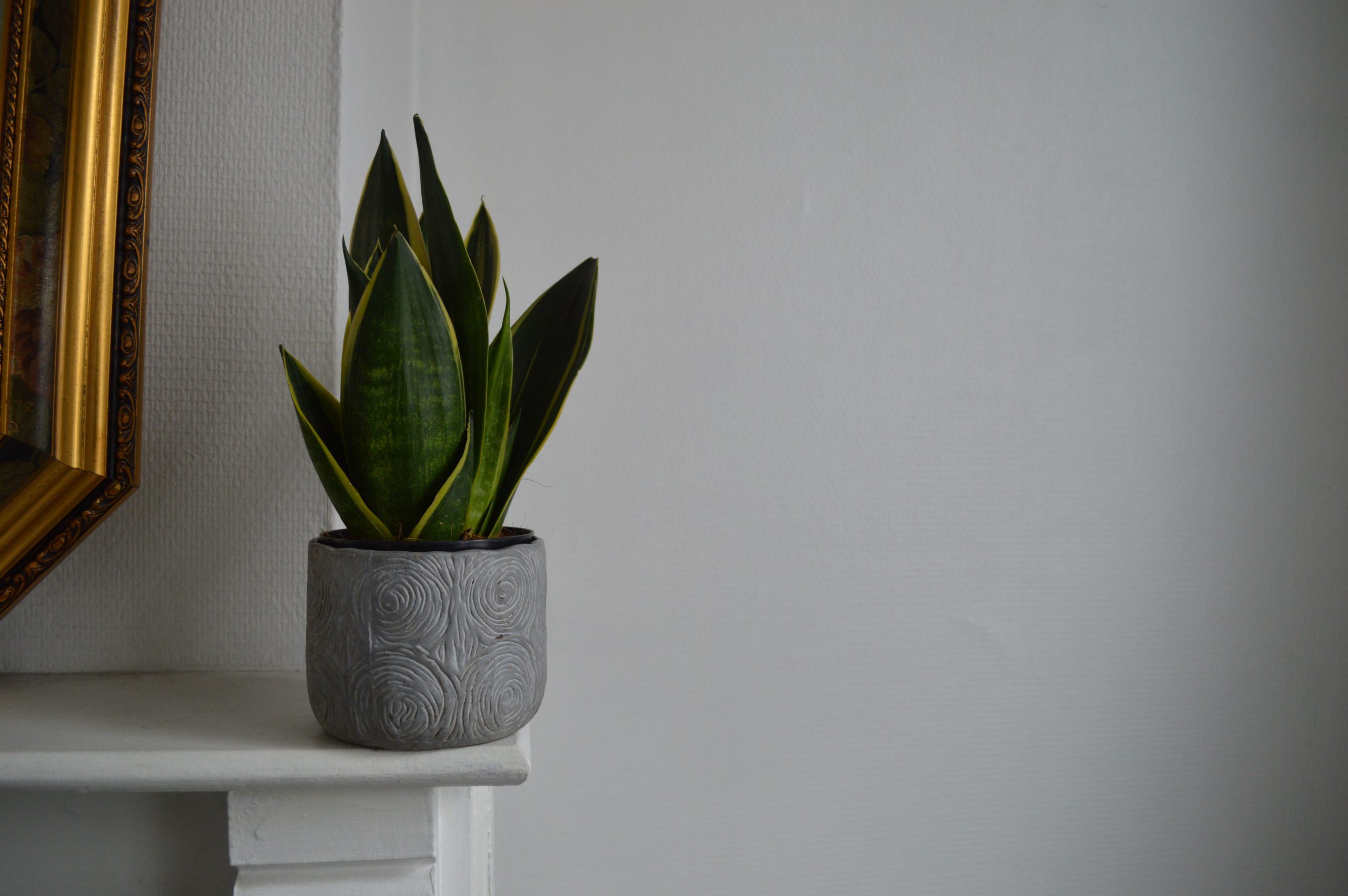Last Updated on January 11, 2022 by Real Men Sow
 The snake plant (Sansevieria), is a striking houseplant with its sword-like leaves. It is easy to maintain and always looks fresh, making it the ideal houseplant. It doesn’t require much care and can withstand long periods of neglect. It doesn’t care much about where it is located and requires very little watering. This plant is great for beginners because it’s almost indestructible.
The snake plant (Sansevieria), is a striking houseplant with its sword-like leaves. It is easy to maintain and always looks fresh, making it the ideal houseplant. It doesn’t require much care and can withstand long periods of neglect. It doesn’t care much about where it is located and requires very little watering. This plant is great for beginners because it’s almost indestructible.
A good air purifier is the snake plant, it also has the ability to remove toxic substances such as formaldehyde or benzene from your home’s air. However, snake plants can be mildly toxic to pets and humans if they are ingested.
How To Grow A Snake Plant (Sansevieria)
It’s best to grow your plant in a bright spot without direct sunlight. You’ll only have to water it when the compost is dried out and it would appreciate getting fed with liquid feed once a month, April through September.
Where to Grow Snake Plant (Sansevieria)
Snake plants would appreciate a bright spot without direct sunlight but it can cope staying in a dark corner, however, it may lose some of its attractive variegation on its leaves.
Planting Snake Plant (Sansevieria)
If the roots of your snake plant are not bursting from the bottom of its pot, you can keep it in the original pot for a while. Snake plants don’t require repotting often because they are slow growers. Repot the snake plant in spring if it has outgrown the current pot. You can use cactus or house plant compost or ordinary multi-purpose peat-free compost with some horticultural grit added. To prevent your snake plant from falling over, it might be a good idea to place it in a large pot.
For the best multi-purpose compost options, read more on our product review post.
Taking Care of Snake Plant
Snake plants do not require much water, and only need it when the soil is dry. The water should be drained completely, and never allow the plant to sit in water or it may rot its roots.
From April through September, feed the plants once per month. To prevent the accumulation of dust, wipe the leaves often. The tips of the leaves should not be damaged because if the tips were damaged, the plant would stop growing. Snake plants are tolerant to dry air and draughts, so they don’t require misting.
Propagating Sansevieria
Although you can take leaf cuttings to propagate snake plants, the easiest method of doing so is by dividing. Use a knife to carefully remove a leaf and any root. Then, plant the cutting in a small container of compost. Then water in and place the cutting in a bright spot without direct sunlight.

